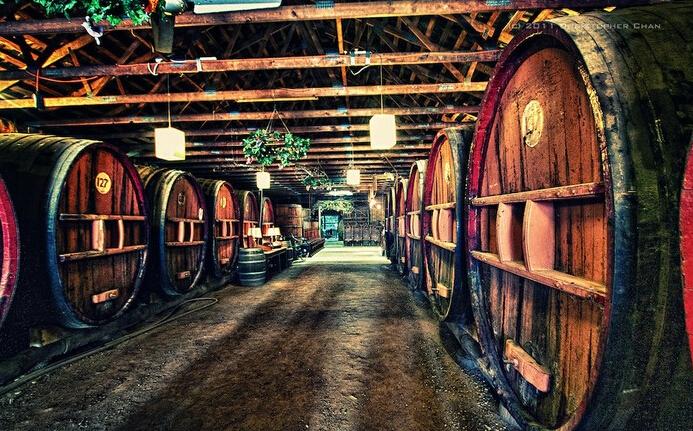Sulfur dioxide in wine
Many careful friends will find that the label of wine often contains sulfur dioxide. Many people are puzzled. Sulfur dioxide is generally considered a harmful gas. Why is it in wine? Does red wine with sulfur dioxide have health effects? In view of the addition of sulfur dioxide in this wine, what should we pay attention to when drinking wine?
Many careful friends will find that the label of wine often contains sulfur dioxide. Many people are puzzled. Sulfur dioxide is generally considered a harmful gas. Why is it in wine? Does red wine with sulfur dioxide have health effects?
Why should sulfur dioxide be added to red wine? In fact, the use of sulfur dioxide is the result of both the continuation of tradition and scientific choice, Li Xiaoxi, a PhD student in wine at the College of Food Science and Nutritional Engineering at China Agricultural University, explained to Life Times. Documents show that as early as 1487, the Prussian royal family issued a decree approving the use of sulfur dioxide in wine making. The reasons for this are not known at the time, but the addition of sulphur dioxide to wine remains a tradition.
Wine cellars also contain SO2
So what's the role of sulfur dioxide in red wine? First, sulfur dioxide, which is usually added to wine as a protective agent, is the only bacteria-suppressant available to winemakers and effectively kills bacteria on the grape skin, Chinanews.com reported. Second, sulfur dioxide is an antioxidant that protects wine's natural fruit properties while preventing it from aging. The use of sulfur dioxide before wine fermentation can kill bacteria and wild yeast in grape powder frost, and can also be used in the fermentation process to kill yeast to stop fermentation; Sulfur dioxide is also useful after fermentation is complete. Adding sulfur dioxide to the wine before bottling kills bacteria and remaining yeast, keeping the wine stable.
Many people are concerned about the health effects of sulphur dioxide added to wine. In response, Chinanews.com reported that sulphur dioxide is a legal additive in wine and it is not uncommon to add sulphur dioxide to wine making. Life Times also explains that the World Health Organization stipulates that the maximum daily intake of sulfur dioxide should be 0.7 mg/kg. In imported wines, for example, a 50kg adult would need to drink less than 218ml of red wine or less than 167ml of white wine/rose wine per day to have enough sulphur dioxide to cause harm. And because people will sober up or shake their glasses during drinking, the free sulfur dioxide in the wine will evaporate quickly or react with the air, so the intake of sulfur dioxide into the body is not as much.
In view of the addition of sulfur dioxide in this wine, what should we pay attention to when drinking wine? Dahenet reminds that the wine is shaken in the decanter and fully mixed with the air, so that the internal pressure of the molecular structure of the wine is quickly released. The sulfur dioxide stored under high pressure for a long time escapes from the wine, and the tannic acid is rapidly oxidized to retain the smooth and aromatic mellow taste of the wine and improve the original value of the wine. Generally, the wine is poured into the decanter and left for a few hours to allow the wine to be fully exposed to the air in the room before it can be drunk.





 Facebook
Facebook YouTube
YouTube LinkedIn
LinkedIn Twitter
Twitter